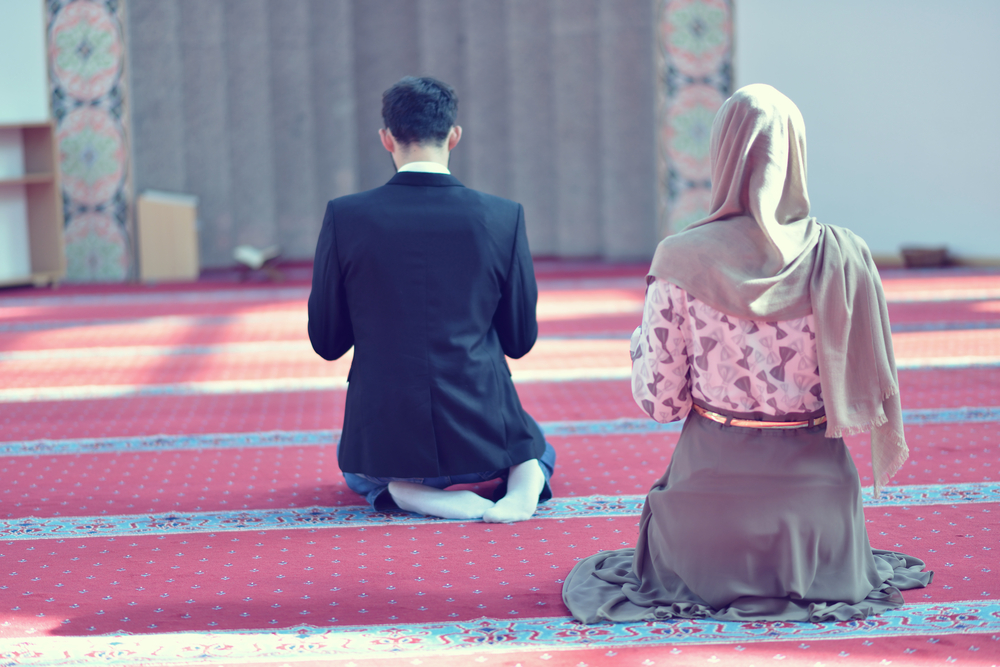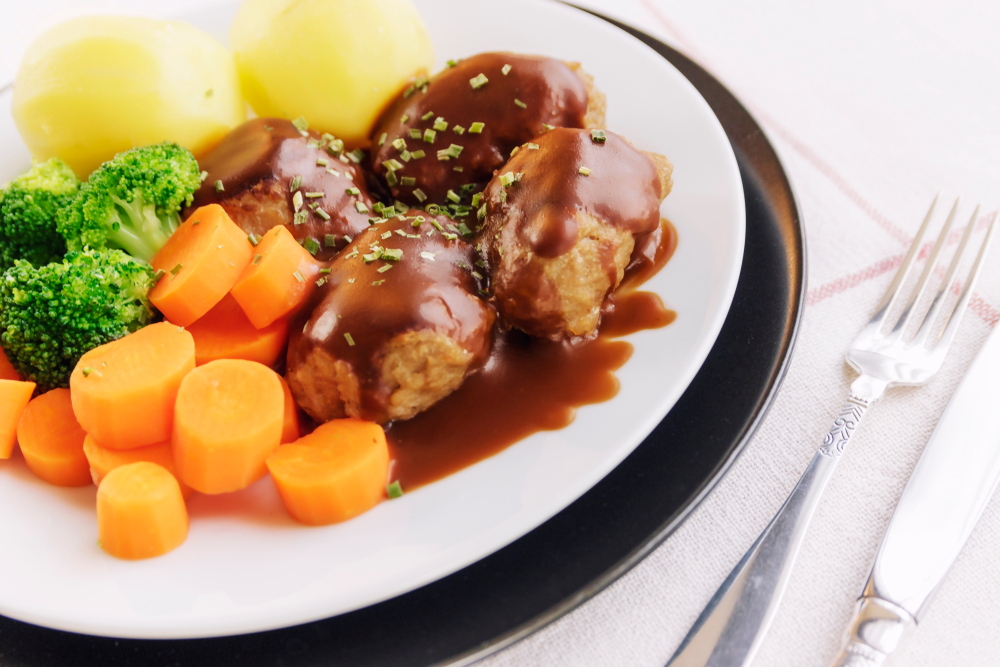Country Snapshot: Cultural Overview
Germany has a history of immigration yet doesn’t see itself as a land of immigrants. But the influx of migrant workers, refugees, and asylum seekers can’t be denied. Foreign residents have enriched German culture and provided a much-needed assist in economic development. Their presence also has created conflicts over cultural differences. With a rapidly aging native population, Germany is working to better integrate, and perhaps even embrace, its immigrants.
Cultural diversity in Germany is due largely to immigration. Germany is the most populous nation in the European Union, but its low birth rate has made it necessary to recruit foreign workers to fill voids in skilled trades. In addition, large numbers of refugees and asylum seekers from war-torn countries have made their way to Germany, further diversifying the population. After German, the next largest ethnic group is Turkish. Others include Greek, Italian, Polish, Russian, Serbian-Croatian, and Spanish. German is the official language, but English is widely spoken.
Religion is of minor importance in Germany, though freedom of religion is guaranteed in the country's constitution. Protestants and Catholics are the largest religious groups, followed by agnostics and atheists, who make up nearly 30 percent of the population. Most of these non-believers are from the former German Democratic Republic (communist East Germany). In fact, only a very small portion of the population in the eastern regions is affiliated with a religious organization, giving this area one of the lowest percentages of church attendance in the world.
Cultural conflict has created tension between Islamic groups and local residents in areas with high concentrations of Muslims. Mostly nonviolent, the conflict generally relates to views held by some Germans that Islam is intolerant and oppresses women. One state, Baden-Württemberg, requires Muslim applicants for citizenship to answer questions about their attitudes on homosexuality and domestic violence. Jews also face harassment, mostly from neo-Nazi and extreme right-wing groups. Incidents include defacing Jewish places of worship with Nazi symbols and graffiti, desecrating Jewish cemeteries, and physical assaults.
German cuisine brings to mind hearty food—think sausages, pork, and potatoes—washed down with lots of beer. Climate historically had a strong hand in German cooking. Long, harsh winters meant preserved meats, root vegetables, and pickles were staples. Beef and pork still serve as common main courses, while sauerkraut and potatoes remain popular side dishes. Immigration has influenced German cuisine, as well: Italian pasta, Spanish paella, and Turkish doner kebab are as ubiquitous as bratwurst.
Sports in Germany are dominated by soccer. Participation is widespread, with thousands of soccer clubs throughout the country. Germany has won soccer’s World Cup several times, and Bayern Munich is one of the world’s leading sports clubs. Tennis also has a high profile in Germany, thanks mainly to the achievements of legendary players Boris Becker and Steffi Graff.
Copyright © 1993—2025 World Trade Press. All rights reserved.

 Germany
Germany 
